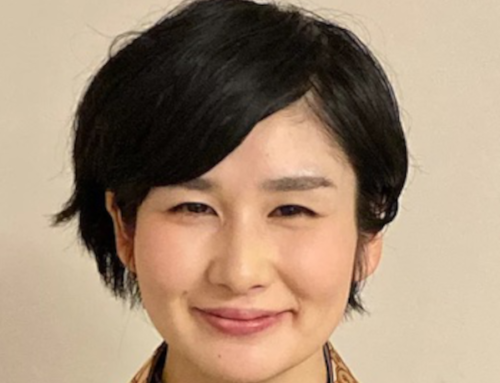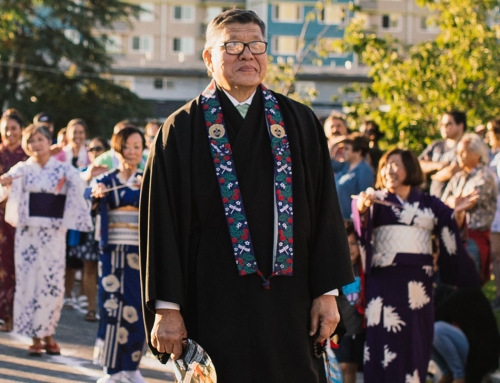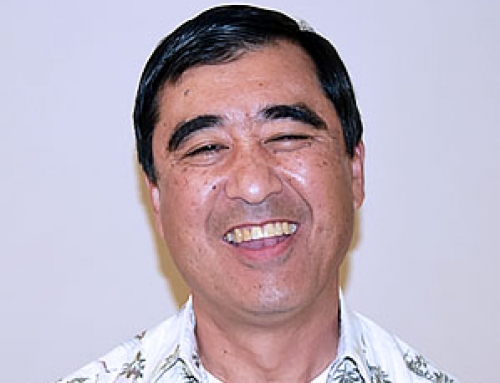 Time for yet, another New Year’s greeting. I will continue with the Roman numerals.
Time for yet, another New Year’s greeting. I will continue with the Roman numerals.
In the past, I had been recapping the past year and mention items facing us in the coming year, but last year I did something a little different. I am going to continue in that vein this year as well.
As I mentioned last year, we regularly receive magazines and newsletters from the Hongwanji in Kyoto. We also receive newsletters from the Tsukiji Hongwanji in Tokyo, and a few others from various Betsuin in Japan. The one from Tsukiji is actually like a thin magazine and is full of interesting articles and features. They have articles on cooking, movies, events, a comic feature, interviews with famous people related with the temple as well as religious articles. This past year or so, they have been having short quotes or phrases on the cover to ponder and consider. They have an article in the issue that goes into that phrase.
The one on the cover of the August, 2017, issue was (when translated):
“There are many people who show excitement when they see a blooming flower, but there are few who express appreciation to the roots for enabling that flower to bloom.”
At first, I thought this was extremely simplistic, but the more I thought about it, I became more deeply aware of how it really expresses the essence of our Jodo Shinshu teaching. I have been using this for many talks, explaining different aspects of what it is expressing. The article on this was about Obon and does not apply to us, but in its simplicity, the passage shows us so much about our existence and what it means to live a life of gratitude.
Everyone realizes that the roots are needed for a flower to bloom, but it is a reality that is ignored or overlooked. This is an aspect of ignorance in Buddhism. We ignore things that we know. We know the roots, stems and leaves all work to enable a flower to bloom, but we tend to look only at the flower without thinking of the rest. This is true in our lives as well. There are a countless number of people, events and experiences that enable us to have the lives that we do, but how often do we express our thanks to all of these? Is it even possible for us to do this now?
This is the reason that a life of Nembutsu is stressed, a life where the gratitude for all that enables us to be is expressed. This is not just through verbalization, but in our thoughts and actions as well. This is not only for what we see and know, but for all of the unseen and unknown aspects that enable us to be as well. With the flower, it is not just the plant itself, but with the right balance of nutrients from the soil, water, sunlight and countless other conditions that enable the flower to be able to bloom. When we extend this to our own lives, we can come to see even deeper meaning in this passage. The more we come to appreciate the roots that enable the flower to bloom, the more we come to see the other things that had to be for that flower to bloom. This aspect also is true in our lives. The more we see, the more we become able to see. This dynamic was expressed as Nishu Jin Shin, the two aspects of deep faith that the Chinese master Zendo (Shan T’ao) pointed out to us. The greater our appreciation, the more we come to see. The more we see, the greater our appreciation becomes. How else can we express our gratitude to all than to live a life of the Nembutsu?
May the coming year be one of becoming able to express our gratitude to the roots and other causes that enable a flower to bloom and not to simply be thrilled in seeing a flower. Let us let this sense of appreciation become something to take into the New Year so we can develop an even greater sense of gratitude for all that we are able to have. Doing so will lead to a happy New Year, regardless of what may come.



